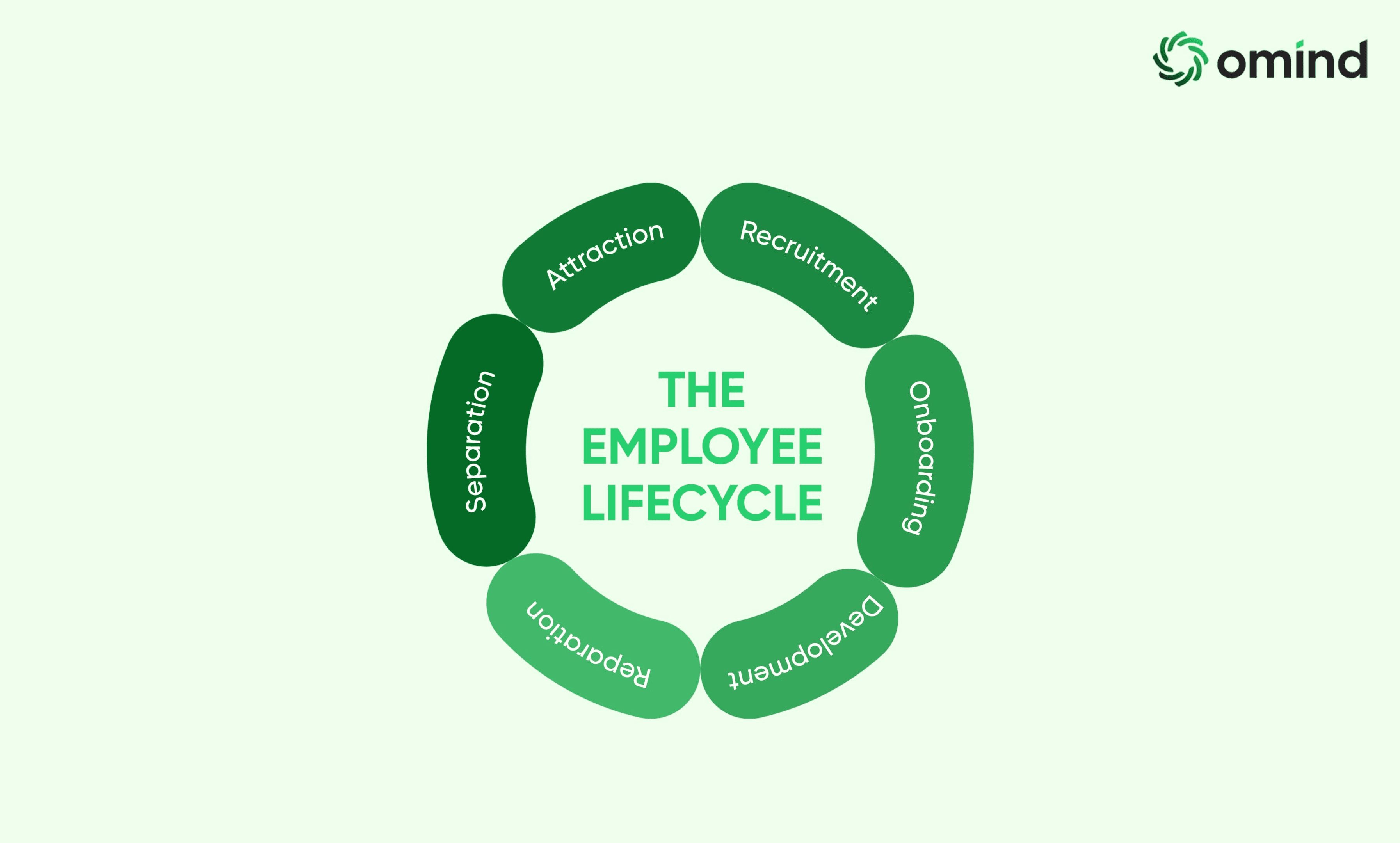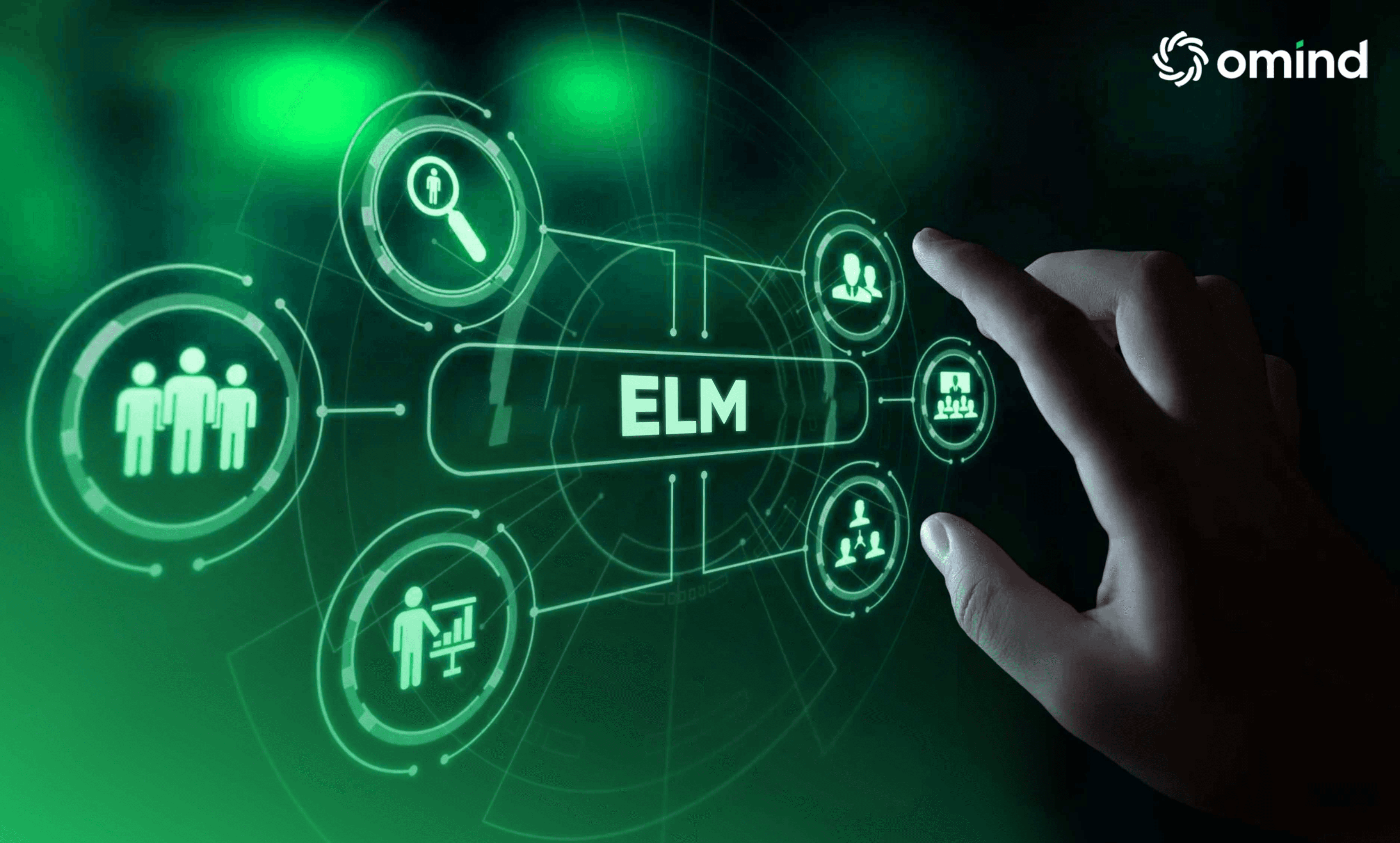Introduction
Employee Lifecycle Management (ELM) is a comprehensive approach to managing the various stages of an employee's journey within an organization, from initial attraction and recruitment to eventual offboarding and advocacy.
By strategically managing the key stages of ELM, companies can create a supportive and motivating work environment, leading to higher employee satisfaction and retention rates. Implementing effective ELM practices not only boosts team engagement and productivity but also significantly reduces turnover costs, making it a vital component of modern HR management.
In this blog, we'll dive deep into how Employee Lifecycle Management is responsible for reducing employee turnover and learn tips and best practices to optimize your ELM strategy.
The Importance of Employee Retention and Turnover Reduction

Employee retention is crucial for organizations as it directly affects productivity, morale, and continuity. High turnover rates can lead to substantial financial losses, including recruitment costs, training expenses, and lost productivity. Additionally, frequent turnover disrupts team dynamics, weakens institutional knowledge, and can negatively impact the company culture.
Employee Lifecycle Management (ELM) is a strategic framework that covers all phases of an employee’s tenure within a company, from recruitment to exit. Effective ELM practices ensure that each stage is managed optimally to foster employee satisfaction and retention.
ELM plays a vital role in improving employee retention and reducing turnover costs by creating a structured and supportive work environment. Effective onboarding ensures new hires feel welcomed and prepared, while continuous engagement and development opportunities keep employees motivated and committed. Recognizing and rewarding employees further enhances satisfaction and loyalty, reducing the likelihood of turnover.
Ultimately, a well-implemented ELM strategy helps organizations maintain a stable, engaged, and productive workforce, driving long-term success and reducing the costs associated with high employee turnover.
Key Stages of Employee Lifecycle Management

There are various stages of Employee Lifecycle Management, let's explore them all in detail.
Attracting and Recruiting Top Talent
A strong employer brand is crucial for attracting top talent. Companies must showcase their values, culture, and opportunities through effective recruitment strategies. This includes crafting compelling job descriptions, leveraging social media, and utilizing employee testimonials.
Recruitment efforts should emphasize the organization’s commitment to employee growth and satisfaction. By presenting a positive image, companies can attract candidates who are not only qualified but also aligned with the company's values, leading to better cultural fit and long-term retention.
Read More: Top 5 Recruitment Strategies for 2024
Effective Onboarding for New Hires
Effective onboarding is vital for new hires' retention and satisfaction. A structured onboarding process helps new employees acclimate to their roles and the company culture. This includes providing clear job expectations, necessary resources, and comprehensive training.
Early integration through mentorship programs and regular check-ins can significantly enhance new hires’ confidence and engagement. A positive onboarding experience sets the foundation for long-term success, reducing the likelihood of early turnover and ensuring employees feel valued and supported from the start.
Continuous Engagement Strategies
Maintaining high levels of engagement is essential for employee retention. Regular feedback, recognition programs, and opportunities for meaningful work contribute to sustained engagement. Encouraging open communication, promoting work-life balance, and fostering a collaborative work environment are key strategies.
Additionally, implementing employee engagement surveys and acting on the feedback can help identify areas for improvement. By continuously engaging employees, organizations can boost morale, productivity, and loyalty, reducing the risk of turnover and creating a positive work culture.
Development and Career Growth Opportunities
Ongoing training and career development are critical for employee retention. Providing employees with opportunities to enhance their skills and advance their careers demonstrates the organization’s investment in their growth. This can include professional development programs, workshops, and access to learning resources.
Encouraging internal mobility and offering clear career progression paths also contribute to employee satisfaction. When employees see a future within the company and feel supported in their career aspirations, they are more likely to remain loyal and motivated.
Recognizing and Rewarding Employees
Recognition and rewards are powerful tools for improving retention. Regularly acknowledging employees' contributions and celebrating their achievements boosts morale and reinforces their value to the organization. This can be done through formal recognition programs, performance bonuses, and simple gestures of appreciation.
Implementing a culture of recognition fosters a positive work environment where employees feel appreciated and motivated. Recognized employees are more likely to be engaged, satisfied, and committed to their roles, reducing turnover rates and enhancing overall productivity.
Smooth Offboarding Processes
A smooth offboarding process ensures a positive exit experience for departing employees. Conducting exit interviews to gather feedback, handling paperwork efficiently, and facilitating knowledge transfer are crucial steps. Maintaining a respectful and supportive approach during offboarding helps preserve relationships and leaves a positive impression. This not only enhances the organization’s reputation but also encourages former employees to become advocates or even return in the future.
A well-managed offboarding process minimizes disruptions and contributes to a strong employer brand, demonstrating the company's commitment to treating all employees with respect and care.
Technologies Enhancing Employee Lifecycle Management

Artificial Intelligence (AI) and Machine Learning (ML) are revolutionizing Employee Lifecycle Management (ELM) by automating processes, providing data-driven insights, and enhancing decision-making. AI-powered tools can streamline recruitment by using algorithms to screen resumes, match candidates to roles, and even conduct initial interviews through chatbots. This not only speeds up the hiring process but also ensures a better fit between candidates and job requirements.
Machine learning can analyze employee data to identify patterns and predict turnover risks, allowing HR to proactively address potential issues. For instance, ML algorithms can assess factors like engagement levels, performance metrics, and feedback to predict which employees might be at risk of leaving and suggest interventions to improve retention.
Technologies enhancing ELM include:
1. Automated Onboarding Platforms
Tools like Kapture streamline onboarding by providing digital checklists, e-signatures, and personalized training paths, ensuring new hires are productive from day one.
2. Engagement and Feedback Tools
Platforms like Kapture to analyze employee feedback and engagement surveys, providing actionable insights to improve workplace satisfaction and retention.
3. Learning Management Systems (LMS)
Tools like Cornerstone and LinkedIn Learning offer personalized development plans and track employee progress, ensuring continuous growth and skill enhancement.
By leveraging AI, ML, and digital tools, organizations can create a more efficient, data-driven, and employee-centric ELM system that not only improves retention but also enhances overall organizational performance.
Implementing ELM: 5 Best Practices and Tips

Here are top 5 practical advice for implementing or improving your ELM strategies:
Define Clear Objectives: Establish specific goals for your ELM initiatives that align with your organizational values and business objectives.
Customize the Approach: Tailor your ELM strategies to fit the unique needs and culture of your organization. Conduct thorough assessments to identify gaps and areas for improvement.
Leverage Technology: Utilize digital tools and platforms to automate HR processes, enhance communication, and gather actionable insights from employee data.
Promote Continuous Feedback: Implement regular feedback mechanisms, such as engagement surveys and stay interviews, to understand employee needs and concerns.
Focus on Employee Development: Provide ongoing training and career development opportunities to keep employees motivated and prepared for future roles within the company.
5 Tips for Measuring and Optimizing ELM Effectiveness

Track Key Metrics: Monitor metrics such as retention rates, employee satisfaction scores, and time-to-fill for vacant positions to gauge the success of your ELM initiatives.
Analyze Engagement Data: Use AI and ML tools to analyze engagement data and identify trends or patterns that can inform improvements in your ELM strategy.
Conduct Regular Reviews: Schedule periodic reviews of your ELM processes and outcomes to ensure they are meeting your objectives and adapt them as necessary.
Benchmark Against Industry Standards: Compare your ELM metrics with industry benchmarks to identify areas where your organization excels or needs improvement.
Gather Employee Feedback: Regularly solicit feedback from employees about their experiences with ELM initiatives and use this information to make data-driven adjustments.
Takeaway
Through this blog, we have learned that Employee Lifecycle Management is essential for sustained business growth and success. A positive employee experience plays a crucial role in cultivating loyalty.
By effectively managing key stages of Employee Lifecycle Management (ELM) such as recruitment, onboarding, engagement, development, recognition, and offboarding, companies can create a supportive and motivating work environment.
Leveraging technologies like AI and ML further optimizes ELM processes, providing data-driven insights and automating routine tasks. Implementing best practices in ELM not only boosts employee satisfaction and productivity but also significantly reduces the financial and cultural impacts of high turnover, driving long-term organizational success.
The direct link between a satisfied workforce and loyal customers underscores the importance of prioritizing employee experience. Happy employees are more likely to deliver exceptional customer experience. As a result, businesses that invest in their employees not only see immediate benefits in customer loyalty but also enjoy long-term growth and success.
By focusing on enhancing employee experience, companies can create a virtuous cycle where satisfied employees lead to satisfied customers, driving continuous business growth and a competitive edge in the market. For businesses looking to implement these strategies, partnering with Omind can be a strategic move.
Schedule a demo with us today to explore how we can transform your employee experience strategies into tangible results.
AUTHOR
Team Omind
Empowering Businesses with Unified Customer Experience Platform, Leveraging Advanced AI and Intelligent Automation
PRODUCT
Employee Life Cycle Management
Share LINK
Related Blogs




